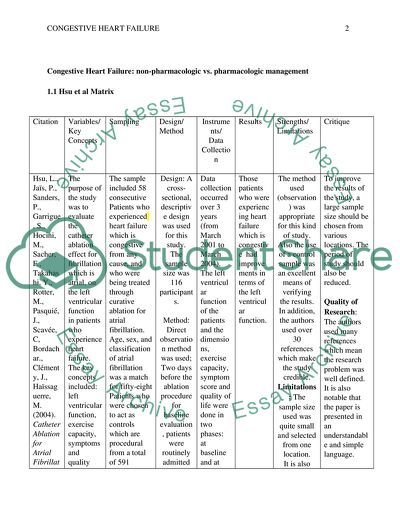Cite this document
(Literature Review Project Reminder: Five Matrices (Evidence Base Assignment - 1, n.d.)
Literature Review Project Reminder: Five Matrices (Evidence Base Assignment - 1. Retrieved from https://studentshare.org/nursing/1786895-literature-review-project-reminder-five-matrices-evidence-base-practice
Literature Review Project Reminder: Five Matrices (Evidence Base Assignment - 1. Retrieved from https://studentshare.org/nursing/1786895-literature-review-project-reminder-five-matrices-evidence-base-practice
(Literature Review Project Reminder: Five Matrices (Evidence Base Assignment - 1)
Literature Review Project Reminder: Five Matrices (Evidence Base Assignment - 1. https://studentshare.org/nursing/1786895-literature-review-project-reminder-five-matrices-evidence-base-practice.
Literature Review Project Reminder: Five Matrices (Evidence Base Assignment - 1. https://studentshare.org/nursing/1786895-literature-review-project-reminder-five-matrices-evidence-base-practice.
“Literature Review Project Reminder: Five Matrices (Evidence Base Assignment - 1”. https://studentshare.org/nursing/1786895-literature-review-project-reminder-five-matrices-evidence-base-practice.


